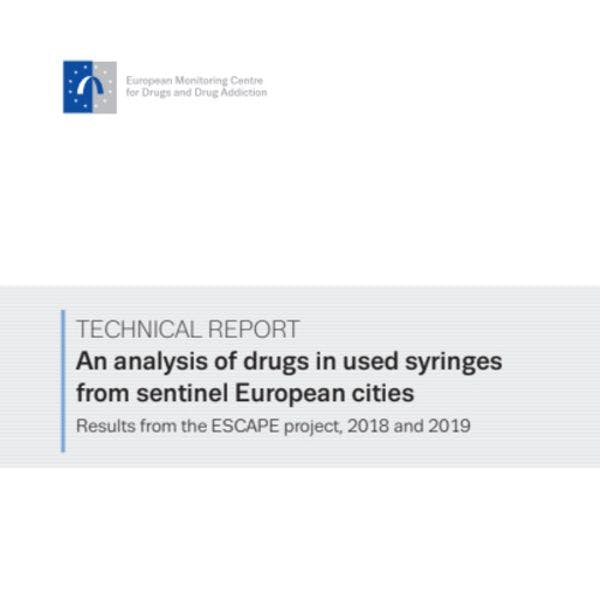An analysis of drugs in used syringes from sentinel European cities: results from the ESCAPE project, 2018 and 2019
This project aims to identify the range of substances being used by people who inject drugs in a small number of cities in Europe and to monitor changes in patterns of use over time. It is intended that this will provide timely, city-level data that can complement other information and indicators on drug consumption and potential emerging health threats in the region.
While evidence from drug treatment centres suggests that injecting drug use is declining among heroin clients in the European Union (EMCDDA, 2020b), the burden of disease associated with injecting remains high (Degenhardt et al., 2017). The risk of overdose death and infectious diseases associated with this mode of administration is also high. The injection of stimulants — including amphetamines, cocaine and synthetic cathinones — has been linked to increased risk of HIV and hepatitis C virus (HCV) transmission, through increased frequency of use and sharing of injecting paraphernalia (Arendt et al., 2019). Knowledge of what substances are being injected in a city or country is important to guide prevention strategies and plan the provision of treatment, as well as to inform law enforcement agencies. Furthermore, identifying associated risk factors, such as the use of multiple substances and/or the reuse of injecting material, is useful to assess and improve harm reduction interventions.
